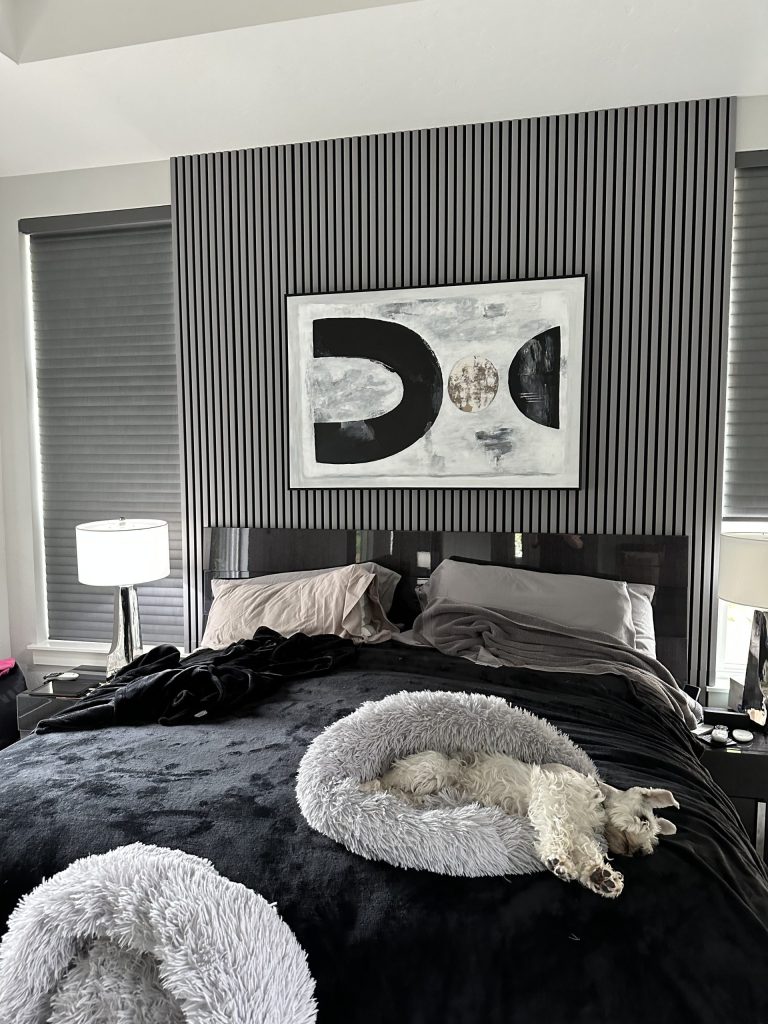Wood slat panels are not only a stylish addition to interiors but also serve a functional purpose by enhancing a room’s acoustics. Understanding the sound absorption capabilities of wood slats can help homeowners and designers create spaces that are both beautiful and acoustically pleasant.
What Are Wood Slat Panels?
Wood slat panels consist of narrow wooden strips mounted onto a backing material. They are commonly used on walls and ceilings to add texture and warmth to a space. Beyond their aesthetic appeal, these panels are known for their ability to improve sound quality within a room.
How Do Wood Slat Panels Absorb Sound?
The design of wood slat panels allows them to absorb and diffuse sound waves effectively. Here’s how they work:
- Slat Arrangement: The gaps between the slats trap sound waves, reducing echoes and reverberation.
- Backing Material: Often, an acoustic felt or similar material is placed behind the slats to enhance sound absorption.
- Surface Texture: The wood’s natural texture helps scatter sound waves, preventing them from bouncing directly back into the room.
By combining these elements, wood slat panels can significantly improve a room’s acoustics, making it more comfortable for conversation and listening activities.
Benefits of Using Wood Slat Panels for Sound Absorption
Incorporating wood slat panels into your interior design offers several advantages:
- Enhanced Acoustics: They reduce noise levels and improve sound clarity.
- Aesthetic Appeal: Wood slats add a natural and elegant look to any space.
- Versatility: Suitable for various settings, including homes, offices, and commercial spaces.
- Easy Installation: Many panels are designed for straightforward installation on walls and ceilings.
Choosing the Right Wood Slat Panels
When selecting wood slat panels for sound absorption, consider the following factors:
- Material Quality: Opt for high-quality wood to ensure durability and effective sound absorption.
- Slat Spacing: The distance between slats affects acoustic performance; closer slats may absorb more sound.
- Backing Material: Ensure the panel includes an acoustic backing for optimal results.
- Design and Finish: Choose a style that complements your interior décor.
Installation Tips
Proper installation is crucial for maximizing the sound absorption capabilities of wood slat panels:
- Prepare the Surface: Ensure the wall or ceiling is clean and dry.
- Measure Accurately: Take precise measurements to fit the panels correctly.
- Use Appropriate Adhesives: Select adhesives suitable for both the panel material and the mounting surface.
- Secure Properly: Follow manufacturer guidelines to ensure panels are firmly attached.
Maintenance and Care
To maintain the appearance and functionality of your wood slat panels:
- Regular Cleaning: Dust the panels periodically to prevent buildup.
- Avoid Moisture: Keep panels dry to prevent warping or damage.
- Inspect for Damage: Check for any loose slats or backing material and repair as needed.
Frequently Asked Questions
1. Can wood slat panels be used in humid environments?
While wood slat panels can be used in various settings, it’s essential to ensure they are properly sealed and maintained to prevent moisture damage in humid environments.
2. Do wood slat panels require professional installation?
Many wood slat panels are designed for easy DIY installation. However, for large or complex areas, professional installation may be beneficial.
3. How do wood slat panels compare to other acoustic treatments?
Wood slat panels offer a balance of aesthetic appeal and acoustic performance, making them a popular choice over traditional acoustic panels, which may lack visual appeal.
4. Are there eco-friendly options available?
Yes, many manufacturers offer wood slat panels made from sustainably sourced materials.
5. Can I paint or stain wood slat panels?
Most wood slat panels can be painted or stained to match your interior design. It’s advisable to check with the manufacturer for specific recommendations.
Incorporating wood slat panels into your space not only enhances its visual appeal but also improves its acoustic environment, creating a more comfortable and enjoyable atmosphere.








